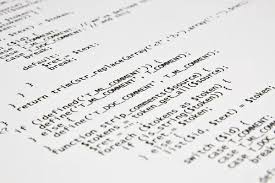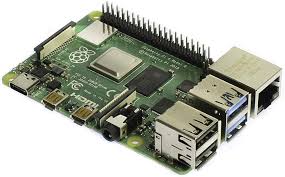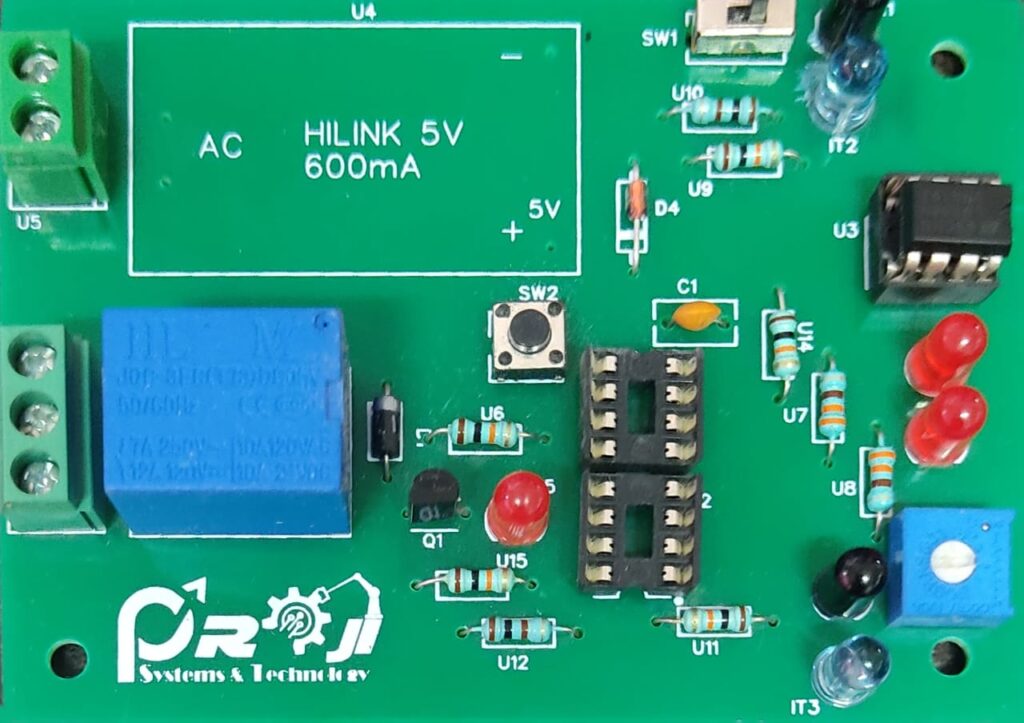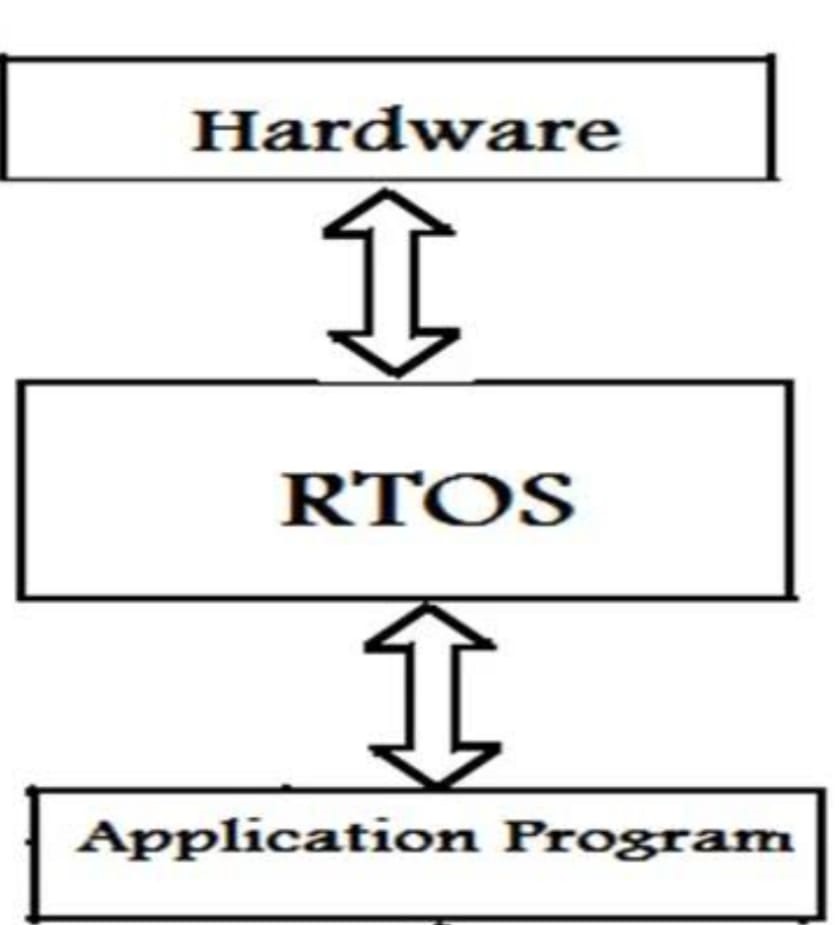
C programming language is a versatile and widely used programming language known for its efficiency and portability. Originally developed for system programming, C has evolved to be a general-purpose language used in a wide range of applications. Its concise syntax and rich set of libraries make it suitable for both low-level hardware interactions and high-level software development. C’s influence can be seen in many modern programming languages, making it a foundational skill for programmers.
8051: Versatile microcontroller with a simple design, known for low power usage and adaptability in diverse projects.
PIC: Efficient Peripheral Interface Controller microcontrollers by Microchip, chosen for reliability and rich features in applications like electronics, automotive, and medical devices.


STM32 is a family of microcontrollers produced by STMicroelectronics, renowned for their performance, versatility, and extensive peripheral support. These microcontrollers are widely used in embedded systems, IoT devices, robotics, and various applications due to their powerful processing capabilities and rich development ecosystem.
IoT (Internet of Things) refers to the interconnection of everyday objects to the internet, enabling them to collect and exchange data. It allows devices to communicate, analyze information, and make intelligent decisions, leading to improved efficiency, convenience, and innovation in various domains.
Raspberry Pi is a small, affordable single-board computer popular for its versatility in IoT projects. It provides the computing power needed to run applications and handle data in IoT setups, making it a cornerstone for DIY enthusiasts, educators, and professionals looking to develop IoT solutions.


Robotics involves designing, creating, and operating robots to perform tasks autonomously or semi-autonomously. It encompasses a wide range of applications, from industrial automation and healthcare to exploration and entertainment, aiming to enhance efficiency and expand human capabilities.
Arduino is a popular open-source electronics platform used to create interactive projects, including robotics. It consists of a microcontroller board and software that enable users to easily program and control various devices, sensors, and actuators. Arduino’s simplicity and flexibility make it a go-to choice for robotics enthusiasts, students, and professionals looking to bring their robot ideas to life.
PCB (Printed Circuit Board) design is the process of creating a layout for electronic components on a flat board made of non-conductive material. This design involves arranging components, connecting them with traces or conductive pathways, and adding necessary features like vias, pads, and solder masks. The goal is to ensure proper functionality, connectivity, and reliability of electronic circuits, ranging from simple devices to complex systems, before fabrication and assembly.


RTOS (Real-Time Operating System) is a specialized software that manages tasks, resources, and scheduling in real-time applications. It ensures precise timing and responsiveness, making it ideal for systems where tasks must be executed within specific time constraints. RTOS allows developers to design and control complex processes, such as in embedded systems, robotics, and industrial automation, while meeting critical timing requirements.
Linux is a free and open-source operating system kernel that serves as the foundation for various Linux-based operating systems (distributions). Known for its stability, security, and versatility, Linux is widely used in servers, desktops, embedded devices, and other computing environments. It offers a collaborative and customizable environment, making it a popular choice for developers, businesses, and enthusiasts seeking powerful and flexible operating system solutions.
